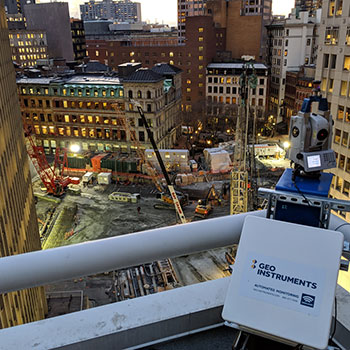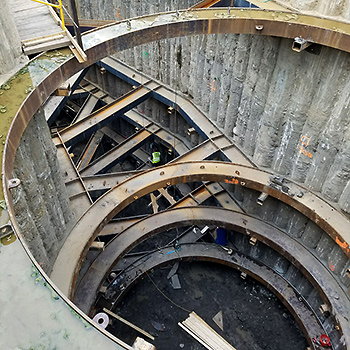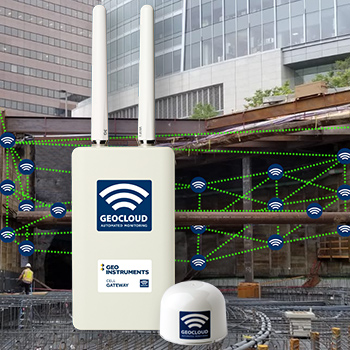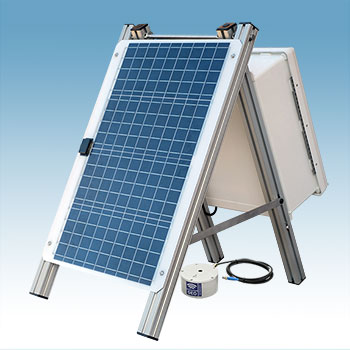With significant new developments occurring in increasingly condensed spaces, construction-induced vibration damage and its causes are a growing concern. Construction in tight spaces often will result in the need for demolition of existing structures, deep excavations for underground parking, and/or pile foundations that require heavy equipment. Consequently, vibrations induced from the use of heavy equipment such as earthmovers, excavators, drill rigs and pile drivers will travel quickly through the surrounding ground and potentially negatively affect nearby existing structures. Twining has the in-house capability to accurately measure the level of vibrations created during construction using the state-of-the-art equipment and software and evaluate the potential effects on surrounding structures.
We typically provide these services in three phases:
- Pre-construction survey
- Field Monitoring during construction
- Post-construction survey and vibration monitoring report



